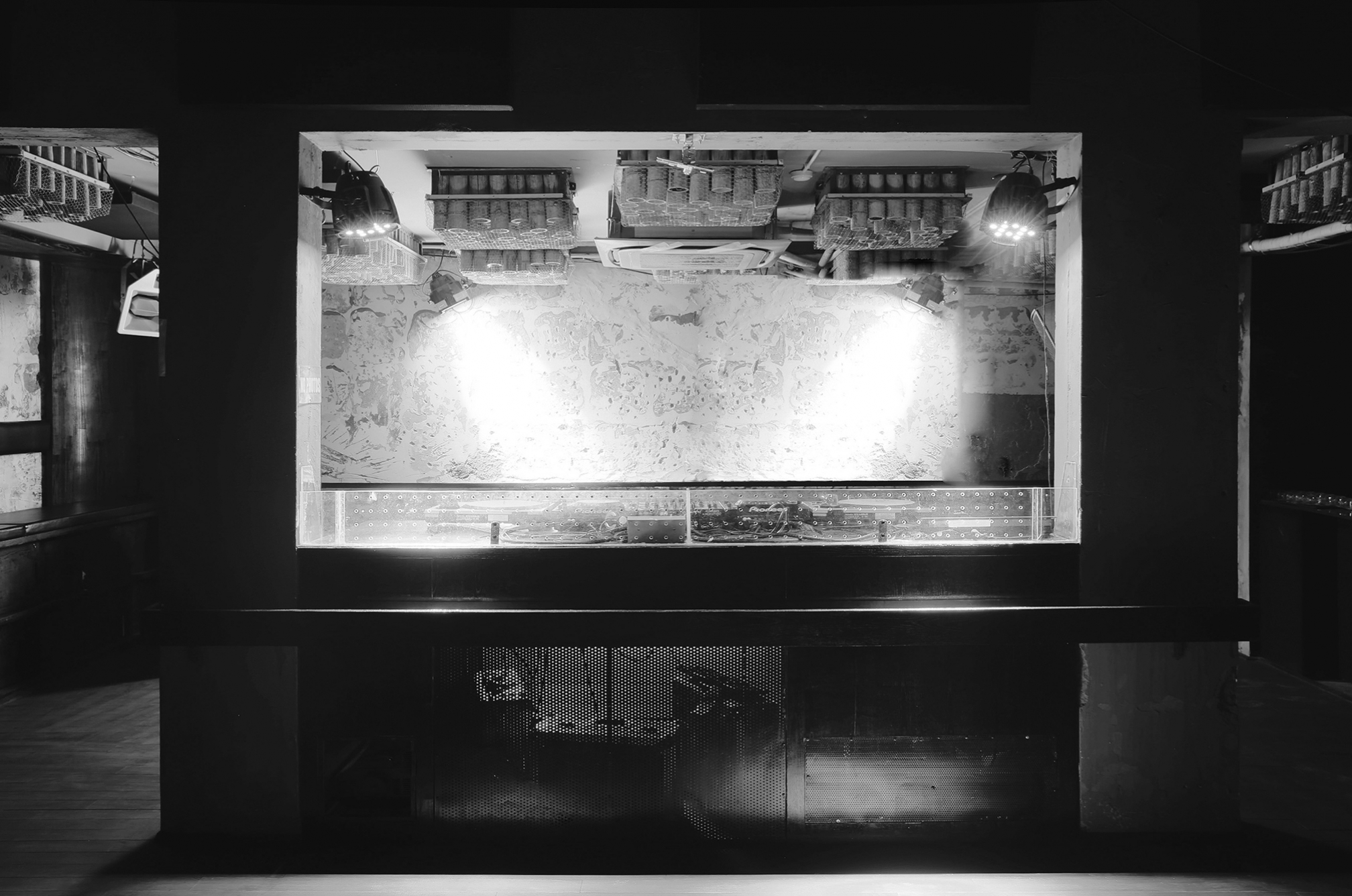 Words
Words
Digging deep: Jogging the minds of Asia’s experiential music curators
It’s not always just about the music, but the music is always there
What goes on in a music curator's mind is more often than not, a selfish thought process with a selfless goal in mind for achievement. And for today's topic, we're not talking about Spotify playlist jockeys, we're talking about the people who programme the ebbs and flows of your journey at a festival, club or event. The people who plant the nodes of connectivity between you and the speakers. The process is a unique one, and only a few minds can handle it well. It takes a person that has a communicable vision, that has the tenacity for harsh criticism, and someone that is enriched with knowledge and influence of all types of sound.
There is undoubtedly a crossover between DJs and curators, who both have a deep knowledge of music and truly embrace the fundamental psychology of reading a crowd. But, most importantly, curators are known for their unparalleled taste beyond music. Whereas DJs are typically more technical and geared towards a more singular focus at a gig or event, the curator usually takes a more expansive approach — they will take influence from their physical surroundings. Whether it be through the theme of the event, the tone, texture or naturality of the space, the intensity of the lighting, or the timing of the sun and moon, there are copious factors that guide a curator from their start to end.
Love what you do
You would only think of pursuing this line of work if you genuinely enjoy being a groove hunter, or an experience-fiend. You need a level of enthusiasm that sets you ahead of yourself and everyone around you, and ask yourself basic questions like “would I pay to go see something like this?” Zig Zach is Singapore-based promoter behind the experiential event brand Escape 56. From the get-go, he has been curating parties in unique locations and immersed himself in all aspects of the party. From layout, lighting, music selection, and visual spacing, Zach is wholesomely inspired yet acute with his vision. “It’s the attention to detail that catches my eye,” he says.
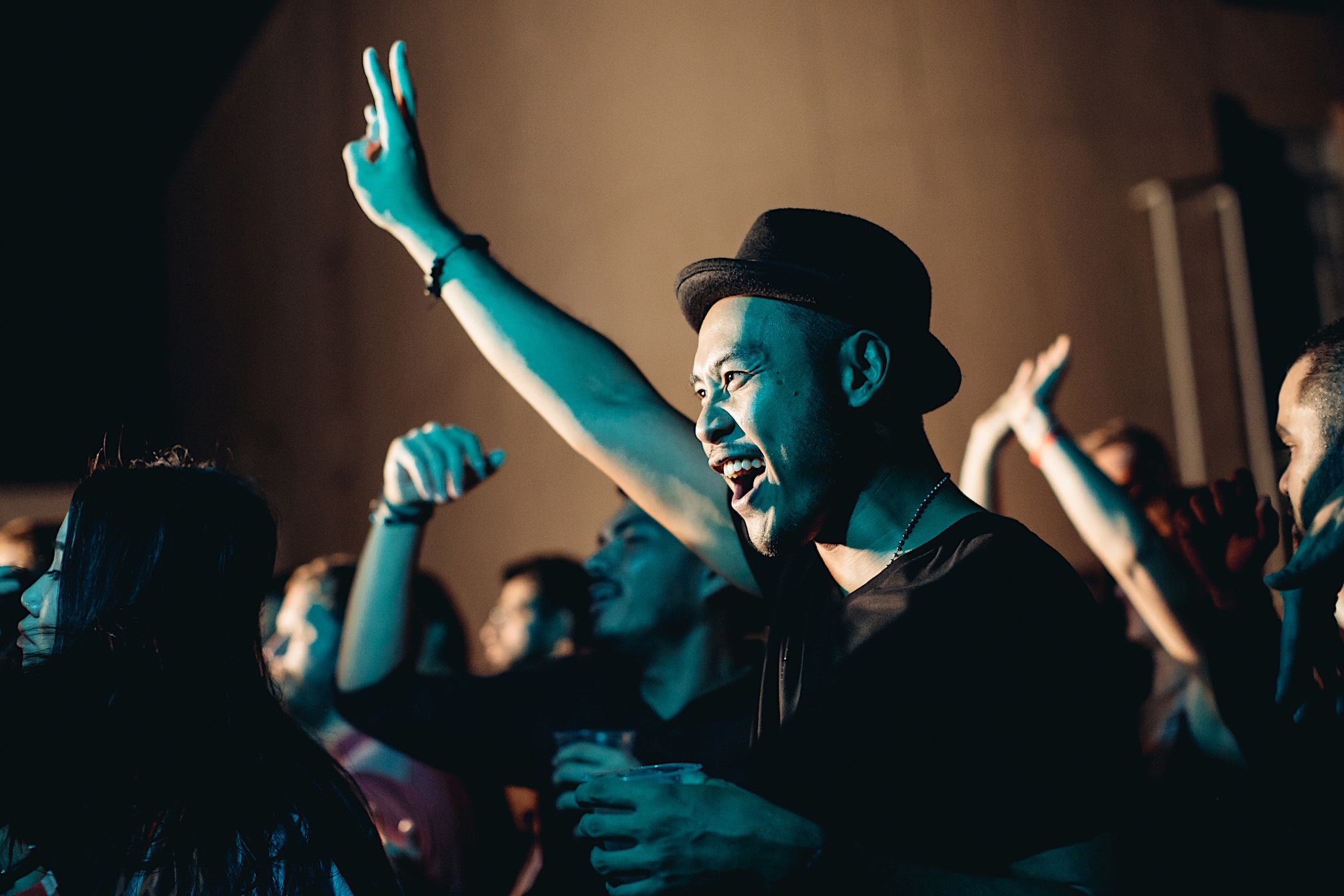
Breaking out of boxed-mentality
The bottom line here is simple — there is a lot more that goes in behind programming an event that your average party-goer considers. In Asia, the idea of taking people on a journey is both lost and found amongst a plethora of events and clubs that come and go in the blink of an eye. Most underground or tasteful music venues in the region struggle against the basic commercial restraints in rapidly growing economies and this can often be a huge hindrance to creative output, especially that of a curator (like we just saw with the closure of Kilo Lounge in Singapore). Booking the right artist or act often comes with a hefty financial burden, and the more elaborate and wild the curator’s imagination goes, usually the higher the cost.
Metamorphose into the brand
Today, branding stands for everything. How you’re positioned, placed, seen, understood and appreciated, is a result of every bit of your output, both positive and negative. There are five-star global hotel chains, such as W Hotels, that implement music as a core pillar and give it as much importance as a music festival or underground club. When such an entity offers a strong platform for creative output, regional DJ stalwarts like Damian Saint feel hugely privileged to be a music curator. “It keeps me on my toes as trends and music, and trends in music are shifting so quickly,” he says.
Being in such a dynamic position that overlooks everything music-related for multiple luxury properties across Asia-Pacific that Damian says has given him “lots of creative freedom to book and curate events from my vision and perspective.” It takes a certain confidence and self-assurance to influence the brand in the most mutually beneficial way possible to transcend a message across other creative minds—you need to believe you are there for them. “I think I’m hired to influence theirs”, as Damian would put it.
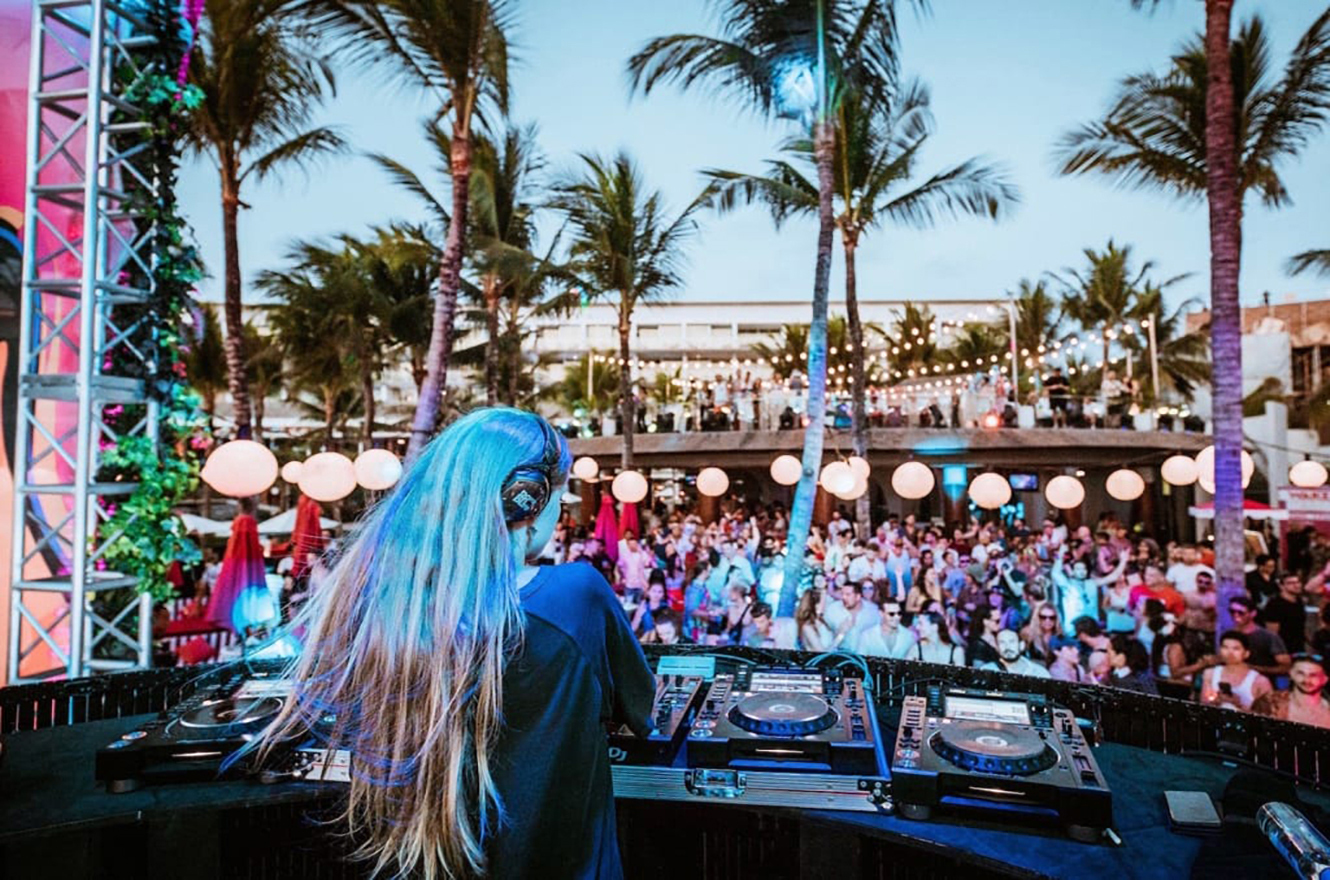
Implementing a niche factor
That said, there are fortunately a handful of esoteric music establishments which have truly captivated the minds of their followers, and converted them into music junkies who are ready to surrender themselves to a greater cause of sensory exploration. Samy, the music director of Savage in Hanoi, has a strong focus on building intimacy. "Our club is quite small; therefore I think it's important that the DJs we invite are able to play in intimate settings," he says. "When the connection is made, the crowd usually gets quite responsive, and you can feel a kind of tension in the room."
Building closeness is certainly not just the curator's job; it fundamentally comes down to the DJ. But as we've pointed out, the DJ is only performing in that type of mindful space because of the curator counterpart.
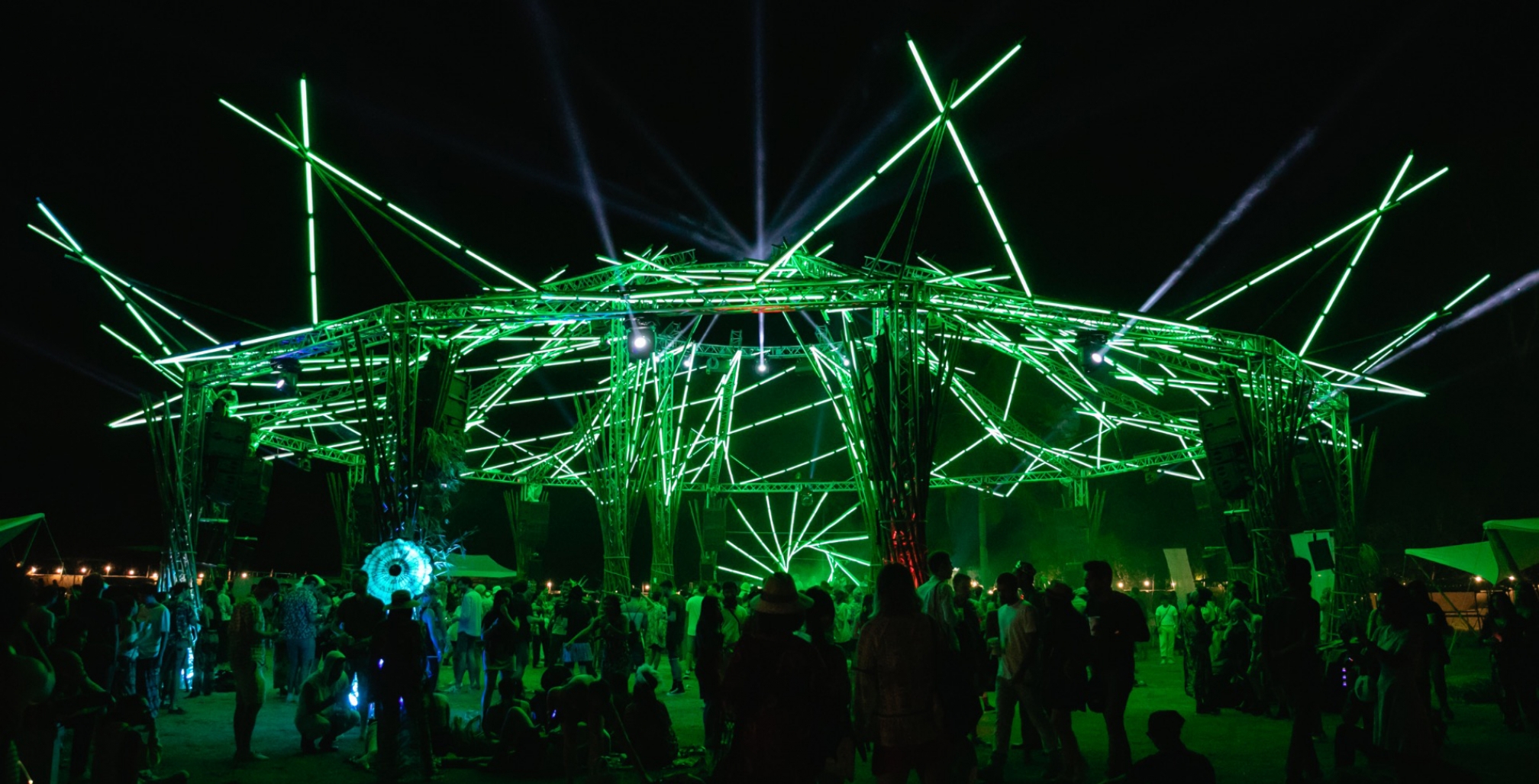
The sensory playground
Sure, there is an abundance of modern technology that can accelerate your mind and body into sensory overdrive, but it’s not what most curators are thinking of when it comes to thinking externally from the music programming. If you were at Wonderfruit last year, you likely would have experienced Polygon, a fully-immersive stage that that boasts a 360-degree sound and light experience. Here’s what’s interesting, the DJs don’t just show up and play. The curators of Polygon work closely with the artists for months ahead of the event who spend much time in the studio preparing the cinematic soundscapes before heading to the festival. The 3D virtual reality sound structure, which is powered by L Acoustics, is also supported by perfect holographic effects and on-point lighting.
When it comes to hitting that perfect symbiosis of sound and light, BEAM in Bangkok is a true product of minimal input and maximum sensory output. The nightclub called in Dave Parry from fabric in London to design the sound, lighting and aesthetics. Three years later, the DJs and international artists who have played at the luminous-warehouse-style club have praised it as being one of the best in the world, equipped with a powerful Void Acoustics system and a minimal lighting rig that are complemented by Asia’s first body kinetic dance floor. An experience like this one is not often found in clubs across Asia. Gear aside, the electronic-influenced music programming is perfectly fitting for house and techno enthusiasts.

Sometimes we just need to turn to nature
Audio-visual technology is not the answer for some though, particularly for those who prefer an earthier approach to their events — like the free-spirits from Smoke Machine who run Organik Festival. Located on the black sand shores of Hualien on the east coast of Taiwan, the festival site is encapsulated by a backdrop of dramatic cliffs and lush jungle paths to venture through. The programming is influenced by the natural settings of the festival location, and more importantly, by the emotively visual and timely impact of nature’s beauty — sunrise, sunset, starry skies and moonlit shores. It all together makes for a surreal setting to carefully selected aural journey that meanders from ambient bliss to tripped-out and delicately wavy techno.
Pursuing a vision
Just a couple of borders away, Thailand-based event crew Karma Klique take a slightly more unorthodox approach. Their music director Sunju Hargun believes in following the science of programming he’s learned from being one of the region’s most active touring DJs. “I do enjoy surprises here and there, the same way a DJ would throw a curveball during their set,” he says. He cites an example from their recent Karma Kastle party held in Khao Yai National Park, where he booked DJ Ground from Osaka to close the party. “Ground played our sunrise set and came in with a new air as if someone re-painted the colours in the sky… totally unexpected for our audience who had never heard of him before, and the memories of his set will always remain with them.”
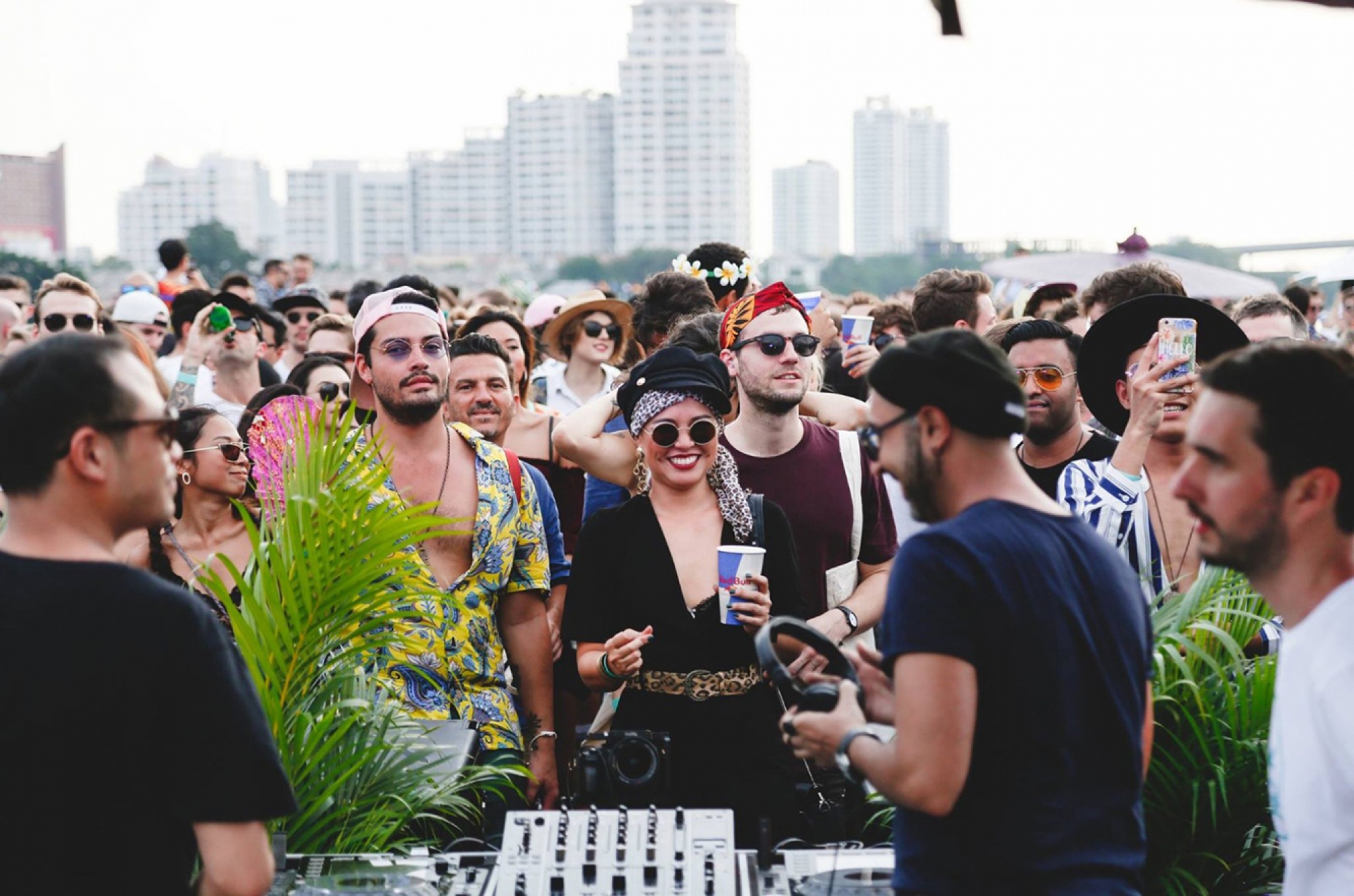
Striving for a greater cause
It shouldn't be taken lightly, that a copious amount of love and attention goes into the curating process, which involves liaising with artists, managing a budget and programming a line-up that makes everyone happy. One of the most talked-about audiophile spaces in Asia is the Music Room at Potato Head Hong Kong, curated and run by Johnny Hiller, who clearly has a symbiotic relationship with the venue. "I'm super happy and grateful to showcase pockets of my personal music taste, which have been informed over the years and decades," he says. "They also happen to be very complimentary to what Potato Head's music policy is."
Hiller believes there is a beautiful social by-product from the role he plays. "Most bookings result from musical friendships and the circles with artists that share some connection," he adds. He also takes full advantage of his cultural upbringings, gathering his influences from the music scenes that have shaped dance music culture over the past 30 years back in London, Berlin, NYC, Chicago all the way through to the coastal areas in Italy and Spain.
Located on a golden swathe of sand in Bali’s bustling Seminyak area, the Potato Head mothership takes their core values to cosmically-placed new levels with the substance that supports their programming. Analog, energy-saving, sustainability and attention to detail are just a few of pillars that hold the mighty Potato Head family together. Already a super successful beach club with a program that is curated in a way that sustainability and culture are weaved in with music, the brand are about to amplify the way they curate and program music. Together with DJ Harvey, they are opening a club called Klymax inside Potato Head in December, a venue where sound, space and music take precedence over everything else. Harvey’s attention to detail was a big part of the design process: from the size of the punctures in the wall to the layer of dust required on the disco ball to finalising a program of 60 or so artists that will get to play the new club before it even opens – the curation of these elements is above and beyond what most venue in Asia (and the world) offer.
Sometimes, and certainly rarely, an entire nation can speak for its level of creative thought. We're talking about Japan. Known for exciting and influencing the world with not just delectable whiskey and finely sliced fish, the Japanese have always led the way with powerful trend-culture, ambitious creative nature and impeccable music taste. There is a soulful and inner-depth-driven mentality that exudes at festivals like Rainbow Disco Club and Labyrinth, the latter of which is so highly regarded for its curation that it's become too exclusive and people can't get tickets anymore. There’s also a certain level of simplicity that Japanese event organisers take on, that requires a ridiculous level of acute detail, like for example, the family-friendliness aspect that Rainbow Disco Club takes so much pride in. Festival timings are parent-friendly, and the sound system is designed to drop to a non-lethal level for children’s ears as you move towards the specially designed children’s area. Again, these are all external factors that culminate into the purpose and result of curation: experience. And we all know that there is something magical about Japan itself as a nation of deep culture, that unquestionably, and automatically, results in an incomparable experience.
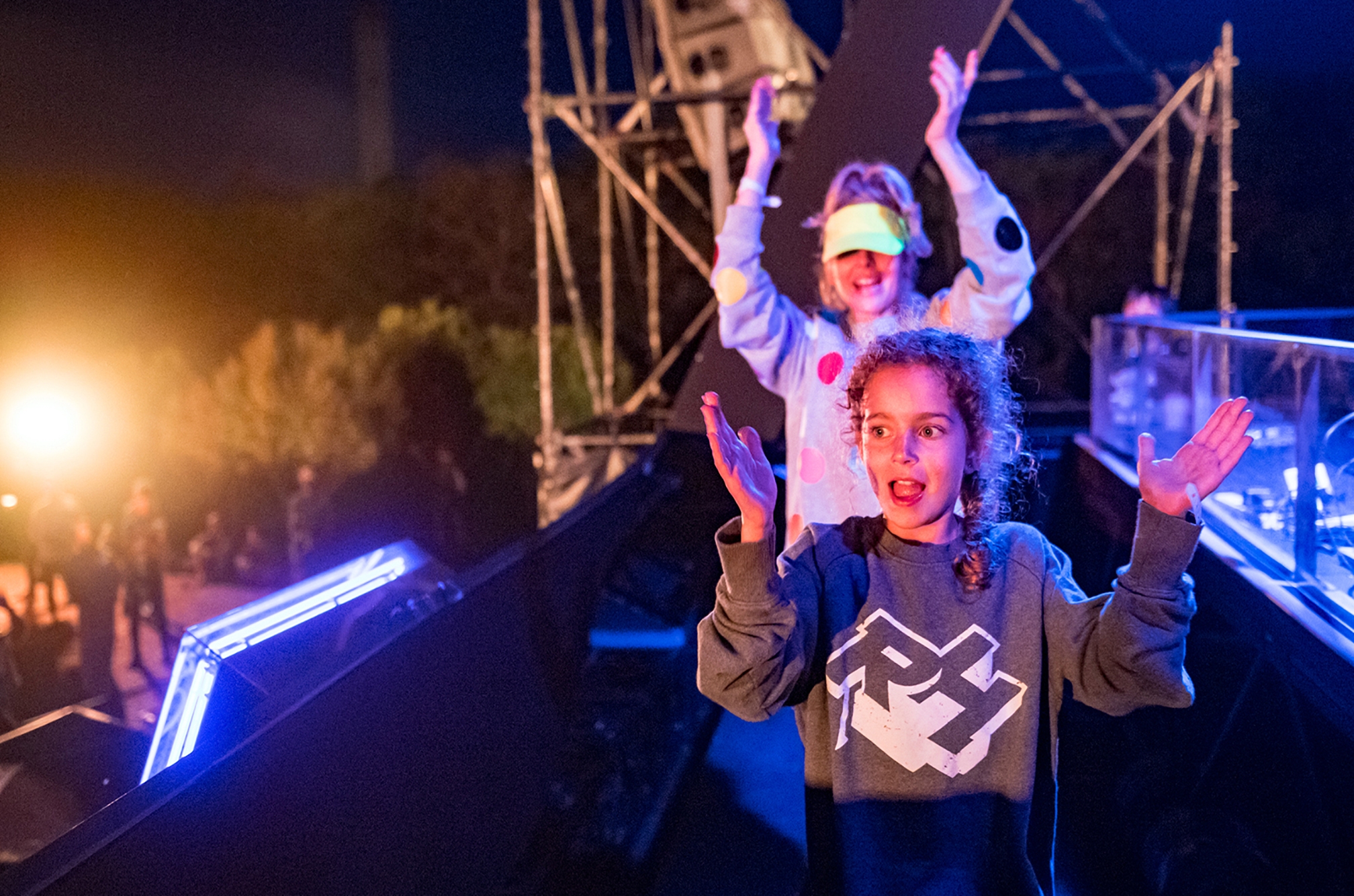
Hello, Mind: The deeper you go, the wider you can get.
There are only a handful of minds in the world that are so absorbent, that nothing new or undiscovered ever gets past them. Why? Simply because they are constantly on an ever-poignant mission to immerse themselves in every creative opportunity that faces them. One of these individuals goes by the name of Jason Swamy, a Hong Kong-based globalist who literally sees no boundaries or boarders in life.
Passion would be Swamy’s choice of fuel when it comes to his pursuit for creative paths, and he dives deep into self-thought to come to a decision with his next steps. It’s his definition of passion that intrigues us. He sees it as a multiverse of manifestations that could be a “love for something, a challenge, the unknown, helping others, giving back, learning, teaching, being inspired or inspiring others, working with amazing people in amazing places, beauty, nature, history, art, creativity, technology and innovation,” he elucidates. “Or saying something can't or shouldn't be done.” His own company is called Do What You Love, which he says “encapsulates my passion and purpose.”

The diversity of his creativity is a fundamental challenge to his curation process, and Swamy is one to take on more than most. But his career has also been one that he considers being "happenstance, which can also be called synchronicity and flow." Meaning, his efforts from the past have translated into the opportunities of his future. His affiliation to Burning Man, as both a Burner and founder of the infamous Robot Heart camp, led him to meet Pete, the CEO and founder of Wonderfruit. From there, a serendipitous conversation between the two sequentially gave birth to the Solar Stage, a focal and iconic pillar of Wonderfruit. But beyond the wonder, Swamy follows a bold set of rituals that keep him going from strength to strength with his projects, which are not all curator based. Speaking candidly, Swamy describes that what triggers him to jump on creative paths is being open, taking risks, not overthinking things and listening to his gut. "As I became more mature, I would ask myself how things made me grow, progressed and challenged me," he said. "I would ask myself if I was working with people that I enjoyed being around if the job elevated us collectively."
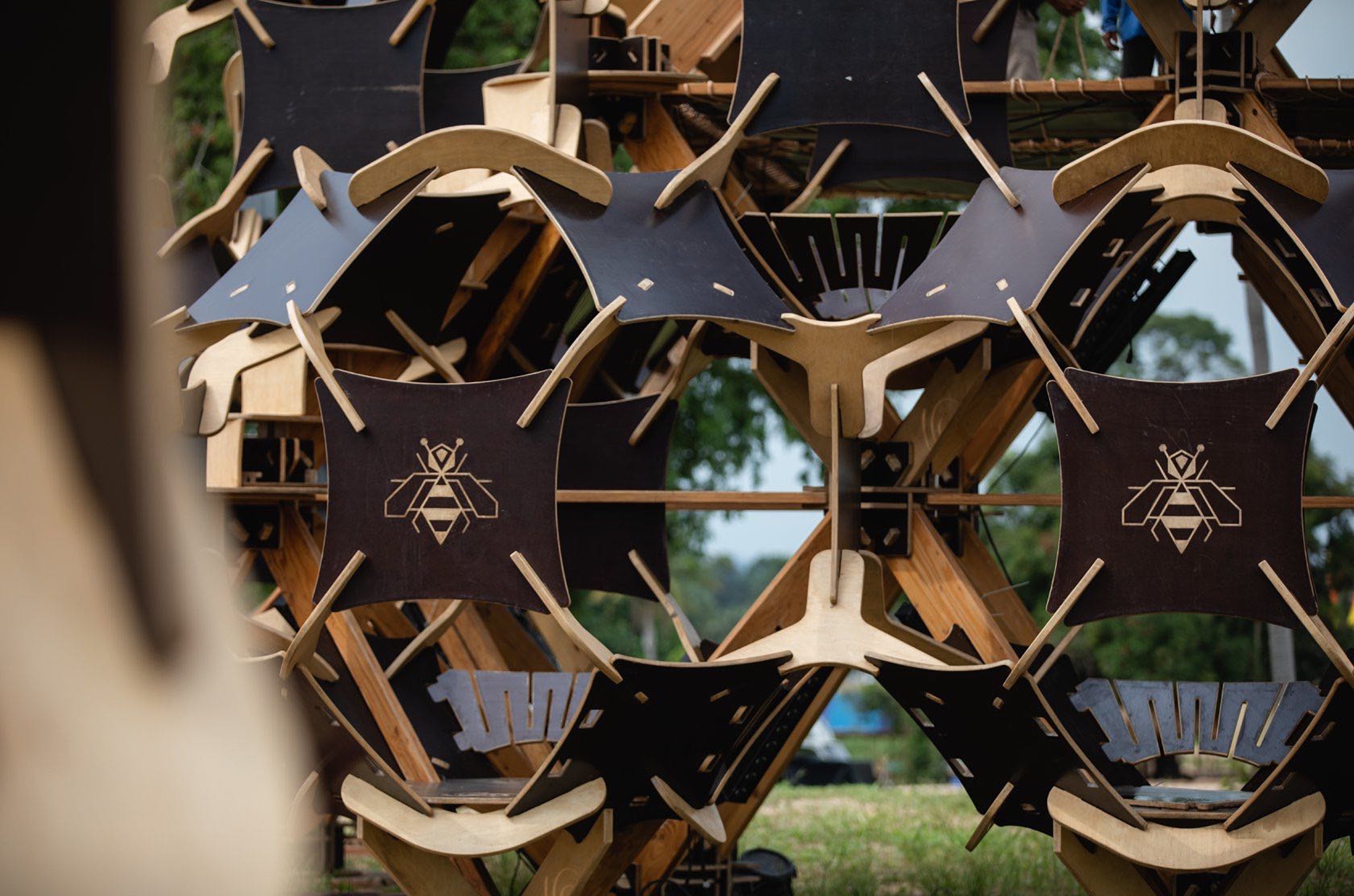
Deep thoughts take you to deep places, and his most recent creative pursuit will debut in a few weeks in Neramit at Wonderfruit. Titled House of The Unholy+Holy, the music-based theatrical performance takes influence from Alejandro Jodorowsky to Salvador Dalí and Asian culture. Essentially, it is an immersive concept that is birthed from a sci-fi short film by his old from Daniel Merlot from LA. We’ve been told to expect a high level of insanity, decadence and dystopia from this unique 12-performer incarnation.
In a humble conclusion to his lengthy narrative of accomplishments and successful projects around the world, the mythical curator shares a message that can speak to anyone on a similar pursuit: "all in all, the thought process is about purpose, collaboration and pushing the envelope with good taste and hopefully a lasting impression for whatever you are designing for and a measure of good luck and good people."
All the dedicated music-hedonists we spoke to seem to have one fundamental common-ground: open-mindedness. As Mihn Club in Hong Kong righteously told us, the primary focus when we invite someone, whether international, regional or local artist, is whether the artist’s music will fit that vision. "This is crucial because we aim to be very open-minded when it comes to genres.”
The thing we’d most like you to take away from understanding the thought process of the curator is that it's not just about the journey you experience at the event or club night — it’s about how you can really grow as a person musically when you trust the line-up that is created for you. We have often heard people say, “I thought I didn’t like this kind of music, but this artist has changed my mind”.


